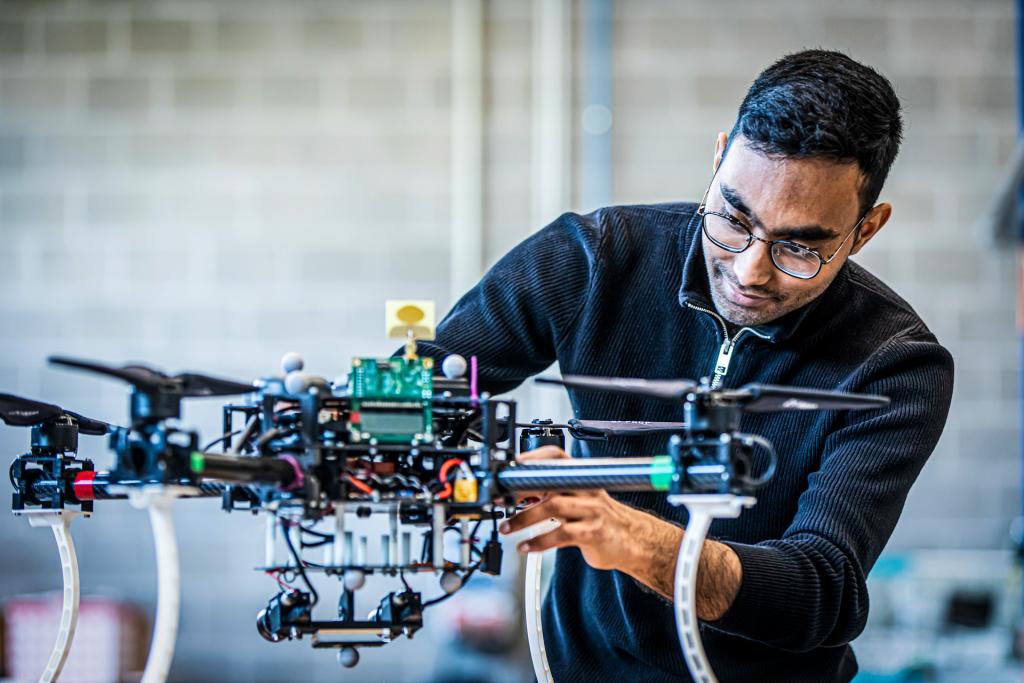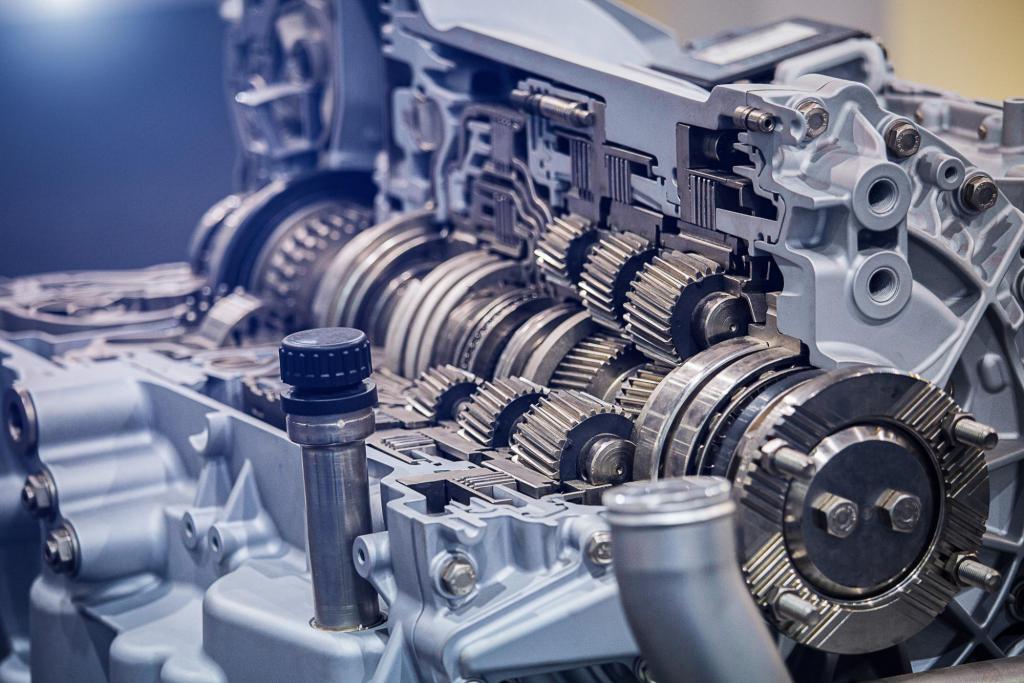
Challenge
Welding small batches of the same products with robots can present several challenges. While industrial robots are highly efficient for mass production of identical items, they may face difficulties in adapting to small-batch or variable production scenarios. Some common problems include:
- Programming Complexity: Writing and optimizing robot programs for welding small batches can be time-consuming and complex. Each product variation may require a unique program, and frequent reprogramming can slow down the production process.
- Changeover Time: Switching between different product types or sizes may require manual adjustments to the robot's setup, such as changing end-effectors, fixtures, or welding parameters. This changeover time can reduce overall efficiency, especially in small-batch production.
- Lack of Flexibility: Traditional industrial robots may lack the flexibility needed to handle variations in part geometry, size, or material. This limitation can result in the need for additional manual intervention or reconfiguration, diminishing the advantages of automation
- Sensing and Vision challenges: Robots may struggle with accurately sensing and adapting to variations in part positions, orientations, or surface conditions in small-batch production. Implementing advanced sensing and vision systems can help address these challenges but may add complexity and cost.
- Cost of Integration: Integrating robotic welding systems for small-batch production can be expensive. The initial investment in flexible automation solutions, including robot programming, tooling, and sensing systems, may not be justifiable for small production runs
- Quality Control: Ensuring consistent weld quality in small batches can be challenging. Variations in part geometry or material properties may require frequent adjustments to welding parameters, and the lack of continuous monitoring can lead to quality issues.
- Human-Robot Collaboration: In small-batch scenarios, there may be a need for close collaboration between human workers and robots. Ensuring safe and efficient collaboration, along with proper training for human workers, is crucial to maximize productivity.
- Maintenance and Downtime: Robots require regular maintenance, and unexpected downtime can disrupt small-batch production schedules. Predictive maintenance strategies can help mitigate this issue by addressing potential problems before they cause major interruptions.
To overcome these challenges, we want to work on easy-to-program welding robots, with fast changeover times, fixture-free welding, anti-cable wind-up and collision-free path planning.
Project goal
In this project, we will work on:
- Welding (process knowledge): learning welding process parameters/models from operator expertise, optimization of welding parameters and welding order;
- Robotics (automation): collision-free path planning including singularity avoidance, cable motion modeling, jig-free multi-robot welding, optimal task and motion planning;
- Computer vision: variable workpiece pose estimation, weld process monitoring;
- Close integration of the two knowledge domains of welding and robotics
WOULD YOU ALSO LIKE TO PARTICIPATE IN THIS PROJECT?
ROBOWELD_IRVA is an industrial research project. We are looking for companies that want to be part of the user group and work with us to valorise the project.
Interested? Fill in the form below and we will contact you as soon as possible.


